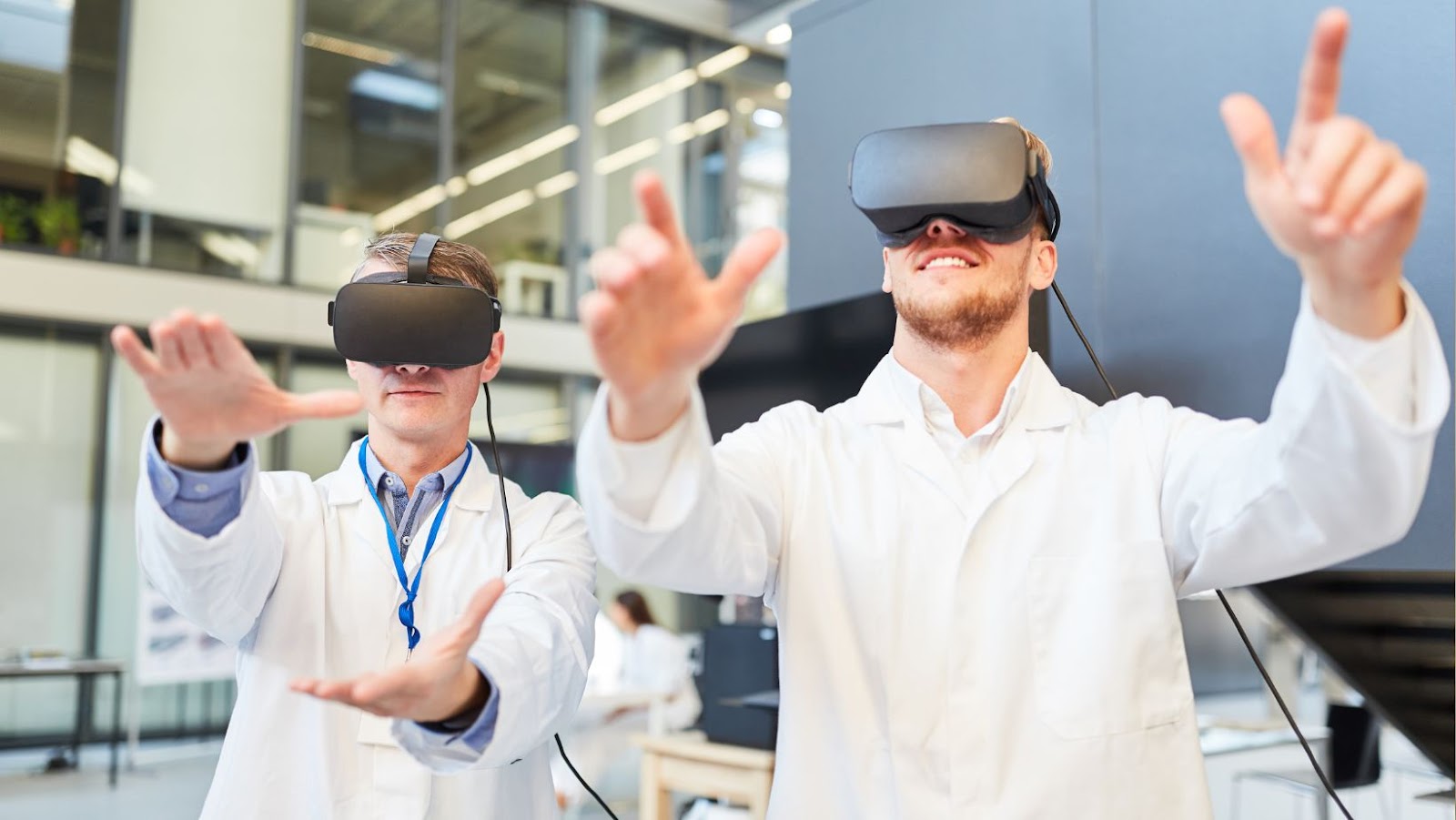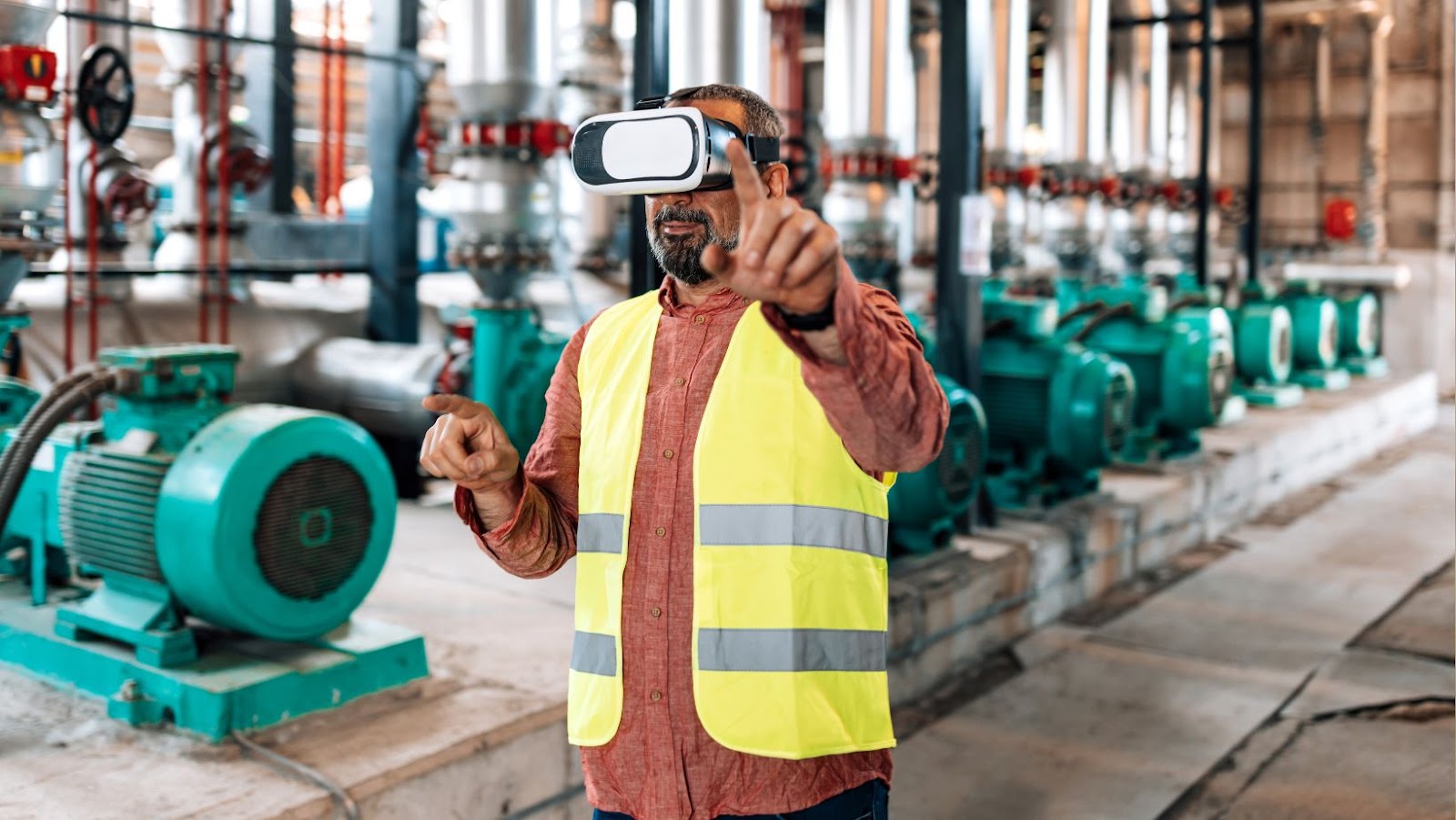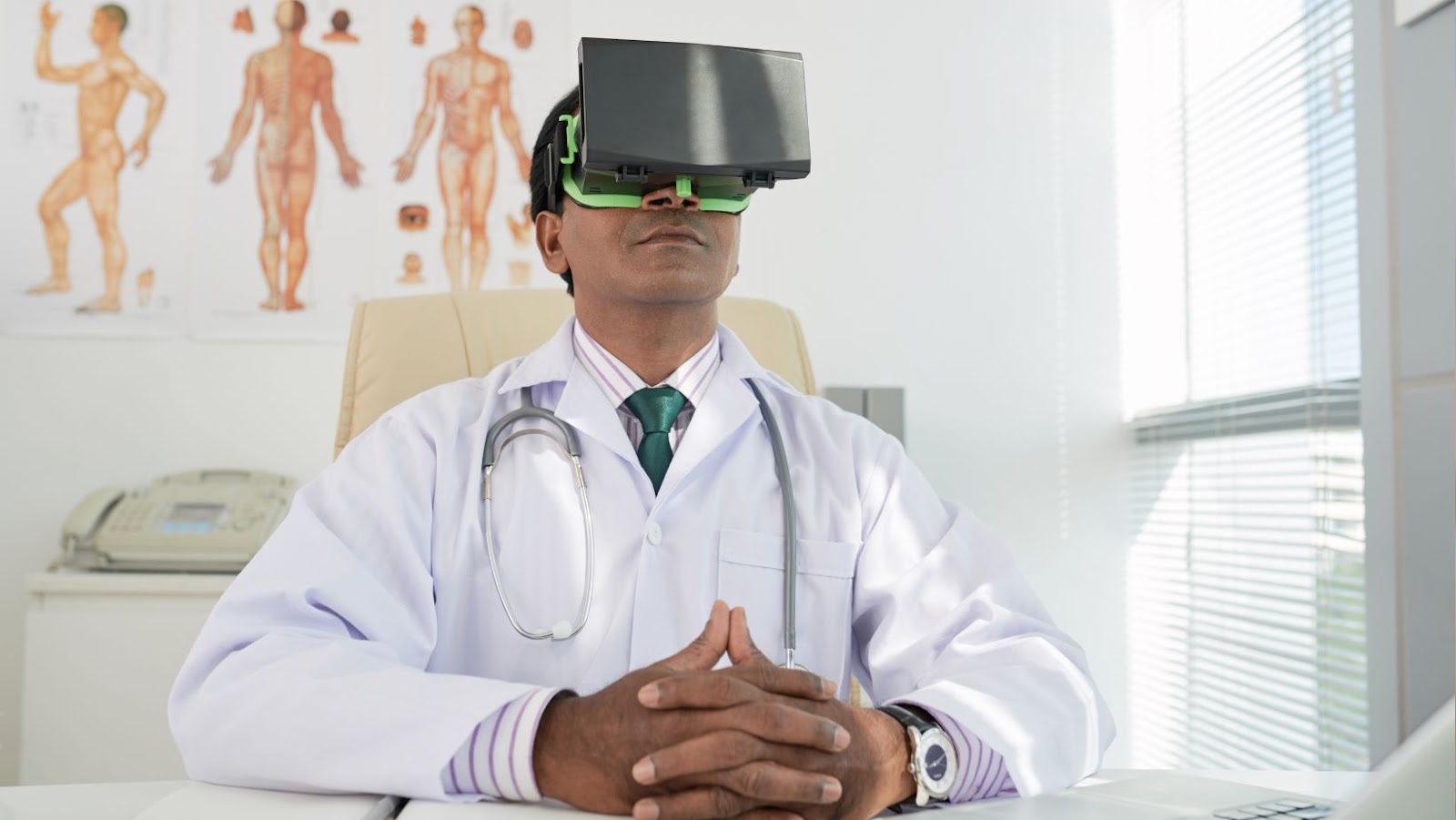 What are VR Goggles Used for
What are VR Goggles Used for
In essence, VR goggles harness specific technologies to create an immersive digital environment for users. Two small LCD monitors, one for each eye, act as the primary visual component. These screens display two slightly different angles of the same image, thereby producing depth perception, a fundamental aspect of 3D visual experience.
Most VR goggles integrate gyroscopes and accelerometers, sensing the user’s head movement. This data informs changes in the displayed scenery, further enhancing the illusion of being inside a digital world. Tactile feedback devices, another critical component, often accompany the goggles, transmitting tactile sensations from the virtual environment to the wearer.
What are VR Goggles Used for? VR goggles fall mainly into three categories depending on the technology and experience they provide: Tethered, Standalone, and Smartphone VR goggles.
- Tethered VR goggles offer a high-end VR experience, thanks to their superior power and performance. They connect to powerful computing devices, typically gaming computers or consoles, like the Oculus Rift and HTC Vive.
- Standalone VR goggles, such as the Oculus Quest 2, carry built-in computing capabilities. They’re portable and do not need a cable connection to an external device.
- Smartphone VR goggles, an economical alternative, require only a smartphone to function. Here, the device’s screen serves as the display while the goggles provide the necessary lens and structure, examples include Google Cardboard and Samsung Gear VR.
Goggles from each category have specific advantages and limitations, dictated primarily by the use-case and the technology’s degree of maturity.
 Unveiling the Uses of VR Goggles
Unveiling the Uses of VR Goggles
What are VR Goggles Used for? VR goggles find a myriad of applications across various domains. Let’s zoom into two significant areas – gaming and education.
The gaming industry, renowned for breaching the boundaries of conventional entertainment, embraces VR goggles completely. These gadgets provide gamers with incredibly immersive experiences. The transformative hardware imbibes elements of realism into virtual gaming, teleporting users into dynamic 3D game environments. For example, games like Beat Saber, Superhot, and Resident Evil 7 leverage VR technology to offer unique gaming experiences. The Tethered goggles, with their high-end experiences, attract hardcore gamers who seek advanced graphics and real-time responsiveness.
VR goggles are transcending traditional educational barriers by making learning more interactive and engaging. They equip educators with experimental tools to demonstrate complex concepts visually, increasing understanding and retention among students. Chemistry lessons can illustrate molecular structures with a depth and precision unavailable in 2D images. Google Expeditions, for instance, allows students to embark on VR field trips, bringing history, art, and even outer space directly into classrooms. Standalone VR goggles play a crucial role in this domain, offering a flexible and mobile solution for educational institutions.
 Beneficial Aspects of Using VR Goggles
Beneficial Aspects of Using VR Goggles
What are VR Goggles Used for? Harnessing VR goggles’ capabilities brings about profound transformations in multiple facets of life, most notably education and entertainment.
Pivotal to education, VR goggles transform traditional learning methods into interactive experiences. They demystify abstract concepts and provide a real-life perspective. For instance, when teaching Chemistry, VR goggles help visualize intricate molecular structures, making comprehension less complex. Platforms like Google Expeditions tap into the potential of Standalone VR goggles that don’t hinge on external computing power or tethering. They conduct immersive virtual field trips, enabling students to traverse historical sites, visit art repositories, or venture into outer space, all from classroom comforts. Therefore, using VR goggles in education frees learning entirely from geographical and logistical constraints.
The barrage of VR goggles in the entertainment domain has reshaped how consumers engage with content. VR goggles like Tethered models, which require a physical connection to a high-quality gaming console or PC, are a godsend for gaming aficionados. They promise immersive engagement in dynamic 3D gaming environments, enhancing realism and player interaction, as exemplified in games like Beat Saber or Resident Evil 7. Plus, Smartphone VR goggles offer the charm of virtual reality to more audiences with their affordability. All that’s needed is a compatible smartphone to slide into a pocket-friendly device like Google Cardboard, and users are ready to explore a myriad of VR games and apps. Hence, VR goggles today stand as a cornerstone in the edifice of modern entertainment, dramatically expanding horizons of user experience.